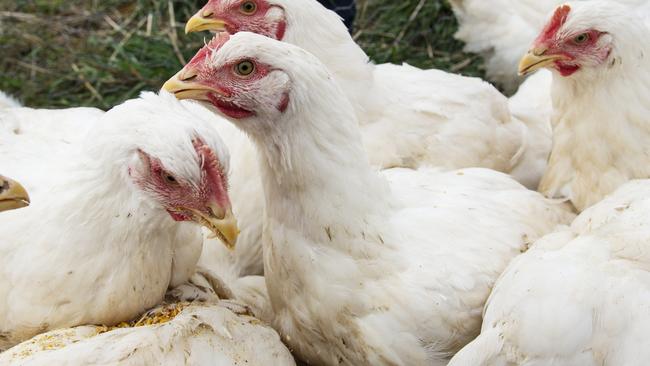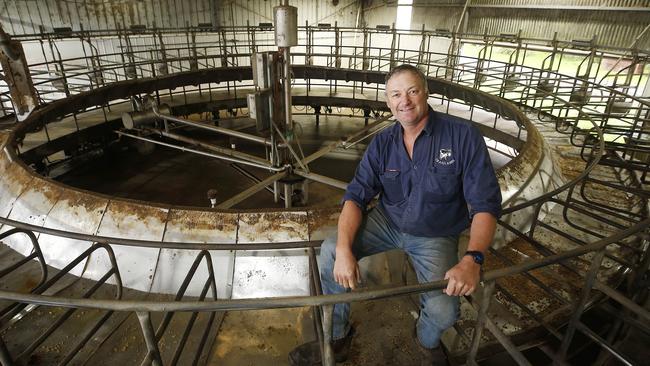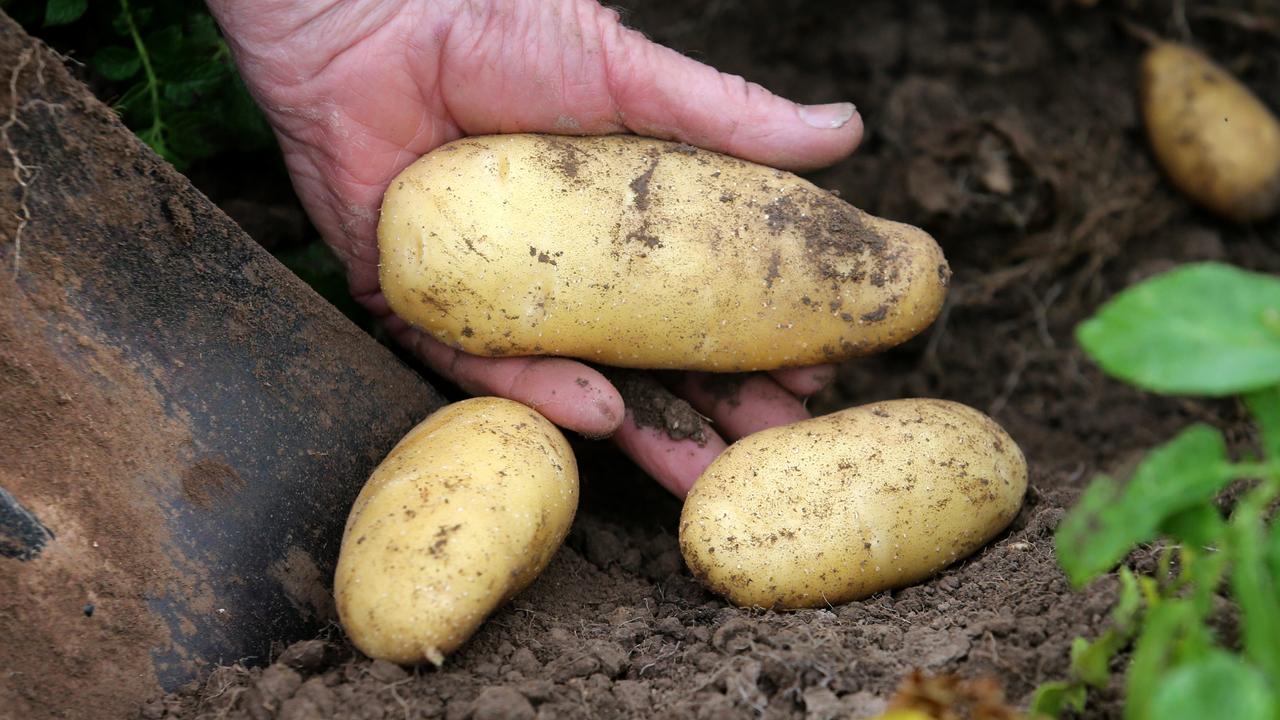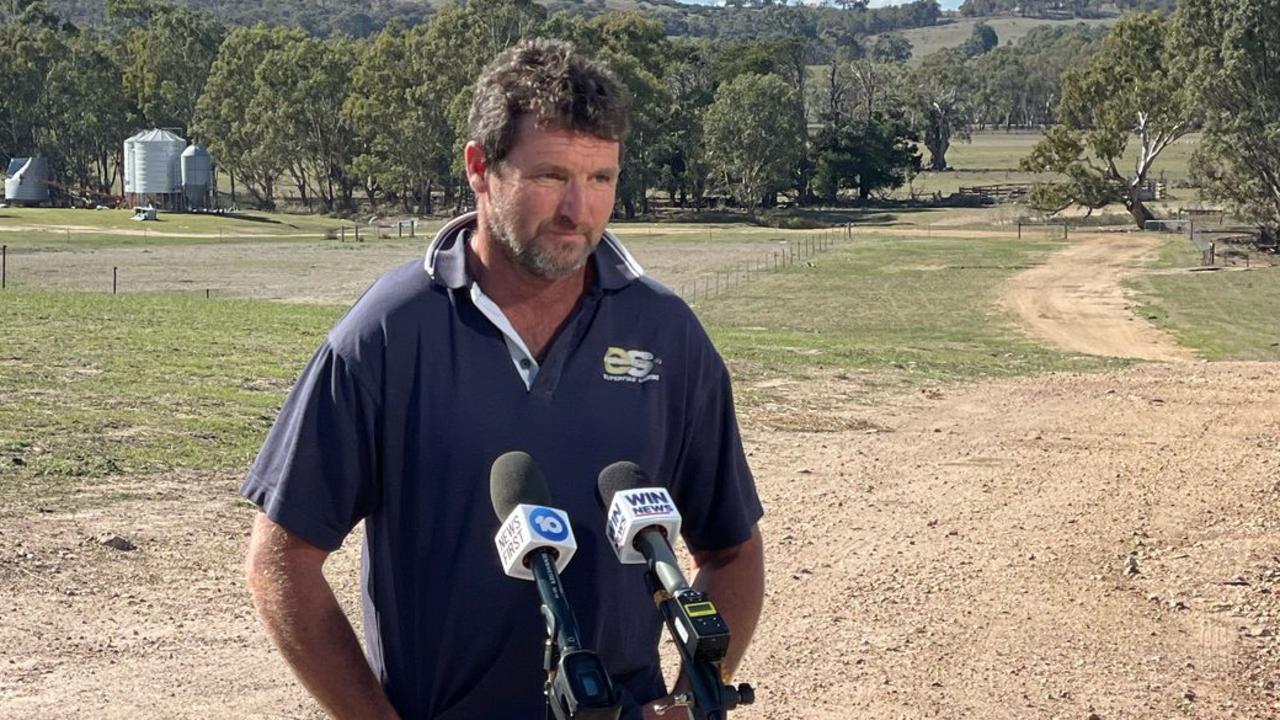Gas shortage: Inputs squeeze for farmers continues
Farmers face potential gas shortages this week as temperatures plummet across southeast Australia.

Potential gas shortages, coupled with stretched power supplies and increasing electricity charges, could further squeeze farmer margins in the coming months.
The Australian Energy Market Operator has warned southern states such as Victoria, South Australia, and Tasmania could face potential gas shortages this week, driven by a cold snap across the east coast.
It comes as the Australian Energy Regulator last week announced average wholesale electricity prices had “at least doubled” in the first three months of this calendar year, with wholesale electricity costs in Victoria set to rise 12 per cent for residential customers and 10 per cent for small businesses from next month.
Victorian Farmers Federation chicken-meat president Colin Peel said many chicken-meat producers used LPG gas, not natural gas, the price of that had been an issue for the past 12 months as it fluctuates in line with Saudi Arabia’s oil price.
He said he was paying about 60c/litre for LPG, up from 40c/litre 12 months ago and there are fears it could rise to 80c/litre.
Energy instability and rising prices are the latest in a succession of inflated input costs for primary producers, including fuel, machinery and parts, fertiliser, and other chemical inputs.
Mr Peel, a chicken-meat producer and grain grower from near Geelong, said farmers were carrying the costs of increased inputs, and will continue to do so for the next year.
“We may be able to reclaim some of that in our contracts going forward … but that doesn’t help you in the current situation,” Mr Peel said.
“It gets reflected back into the contract price that’s paid for chicken, and they have to pass it on down the track.”
United Dairyfarmers Victoria acting president Mark Billing said a recent report put dairy shed power costs in Victoria last year at 14c/kg of milk solids, compared with 13c/kg of milk solids in 2019-20.
“It’s just another thing to add to the growing list of input cost hikes,” Mr Billing said.
“From the energy point of view, there’s a number of things for us in particular … water heating and milk cooling are the two big ones. And for irrigators, using diesel or electricity for pumping water to pivots … it’s going to be significant.”
An Australian Farm Institute report from 2018 estimated the total cost of energy for agriculture at $5.8 billion per annum.
Of that, fuel was the greatest cost to agriculture, at $2.5 billion each year, followed by electricity costs at $2.4 billion.
“Given that our milk price this year is around $8 a kilogram, about $4-$5 of that will be feed costs. Fuel and oil is about 9c/kg, compared to the 14c/kg for shed power,” Mr Billing said.

In Victoria, wholesale energy prices are sitting at $64/mwh, while in NSW electricity is $89/mwh. In Queensland wholesale prices have quadrupled to $171/mwh, according to the AER.
Mr Billing said milk prices this year would be very important as the margin squeeze continued. Other input costs to have surged in recent months include fertiliser, chemicals, machinery and fuel, Mr Billing said.





